Idaho has a rich history of mining and exploration. In the 1860s, gold was discovered by Wilbur Basset along Canal Gulch in Idaho, spurring an influx of Americans hoping to strike it rich1.
Mining activity began in the DeLamar project area in May of 1863 when placer gold deposits were discovered in Jordan Creek, just upstream from what later became the town site of DeLamar. The placer deposits were traced up stream, beyond the DeLamar project area, and during the summer of 1863 the first silver-gold lodes were discovered in quartz veins at War Eagle Mountain. This resulted in a rush of miners to the area and the initial settlement of Silver City. Several small mines at War Eagle Mountain were quickly developed with rich, near surface ore. By 1866, there were 12 mills in operation. Grades decreased at depth and in 1875 the Bank of California failed, resulting in a loss of financial backing, which contributed to the closure of the mines by 1876. An estimated $12 to $12.5 million was produced from the War Eagle Mountain veins from 1863 through 1875, or the equivalent of 600,000 to 625,000 ounces of gold. Silver-to-gold ratios of the ores during this period were on the order of 1:1 to 1:6.
The general area of DeLamar, Silver City and War Eagle Mountain was known as the Carson mining district. There was only minor production from sporadic activity in the district at the War Eagle Mountain mines from 1876 through 1888, and some of the mines were never reopened. However, significant silver-gold veins were discovered during this time period at DeLamar Mountain and nearby areas. Captain J.R. De Lamar founded the DeLamar Mining Company and was largely responsible for the development of important veins at the original, underground DeLamar mine, just to the south of Jordan Creek. De Lamar’s name was applied to the mine, the mountain, and the small mining town that was established on Jordan Creek.
In 1889, rich ore shoots were discovered in veins at the DeLamar mine area. DeLamar sold his interest to the London-based DeLamar Mining Company, Ltd. in 1901. Declining grades and increasing costs caused the closure of the De Lamar mines by 1914. An estimated total production value of precious metals of nearly $23 million was reported from the Carson district for the period 1889 – 1914. The DeLamar mine is believed to have produced approximately 400,000 ounces of gold and 5.9 million ounces of silver from a minimum of about 726,000 tonnes milled from 1891 through 1913, based on annual company reports.
Very little production took place in the Carson district until the 1930s, when gold and silver prices increased. Placer gold was recovered from Jordan Creek from 1934 to 1940, and in 1938 a 181 tonne-per-day flotation mill was constructed to process dumps from the DeLamar mine. The flotation mill reportedly operated until the end of 1942.
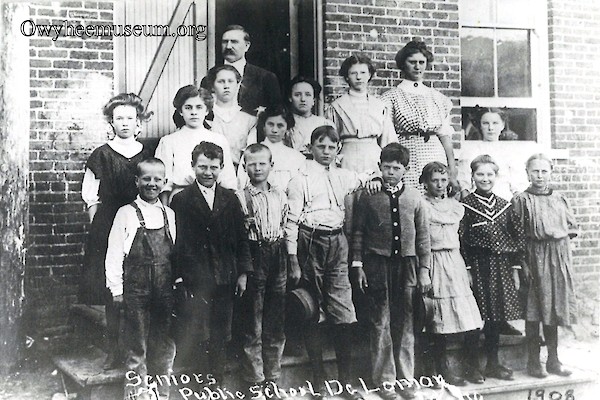
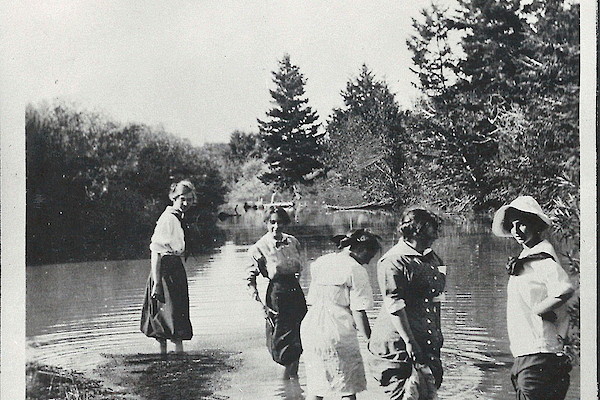
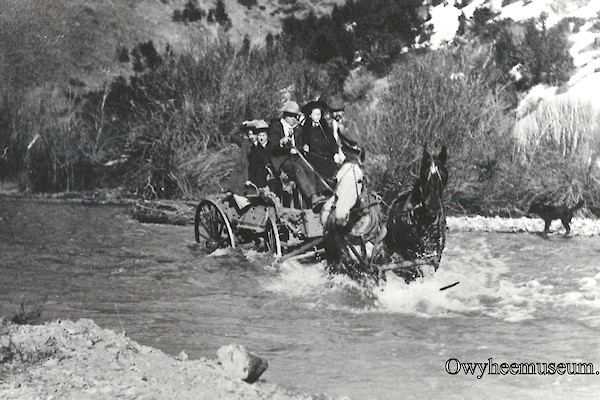
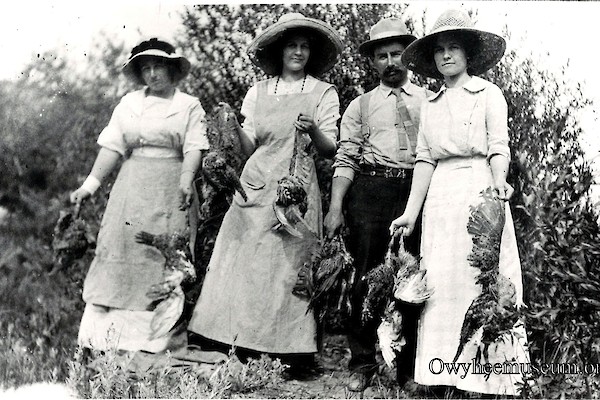
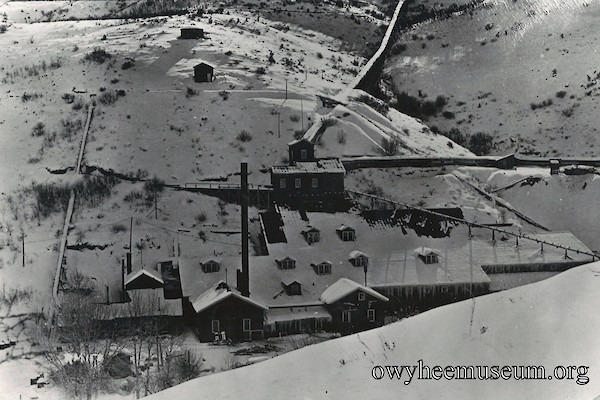
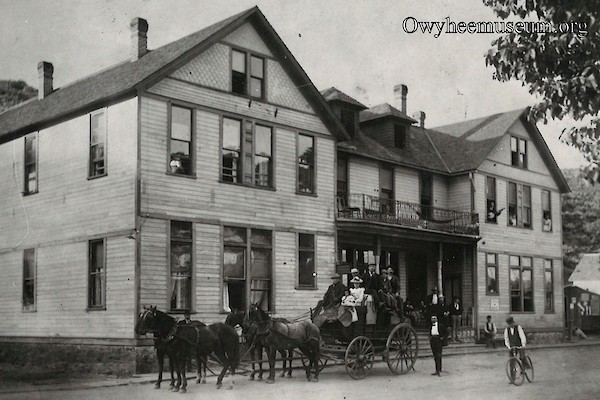
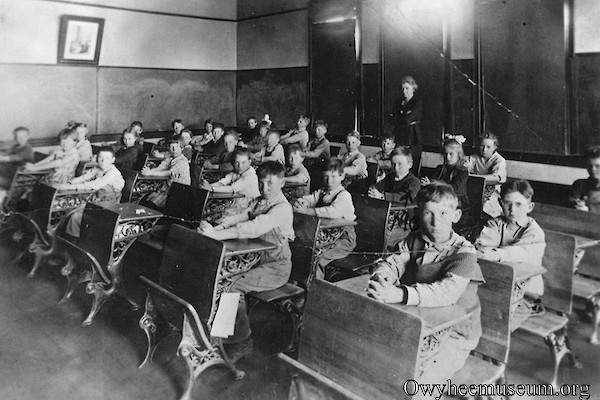
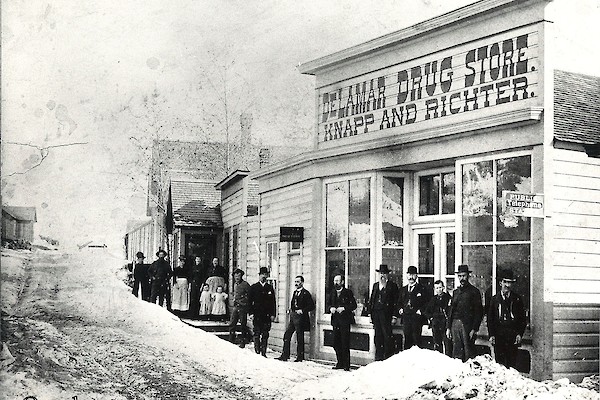
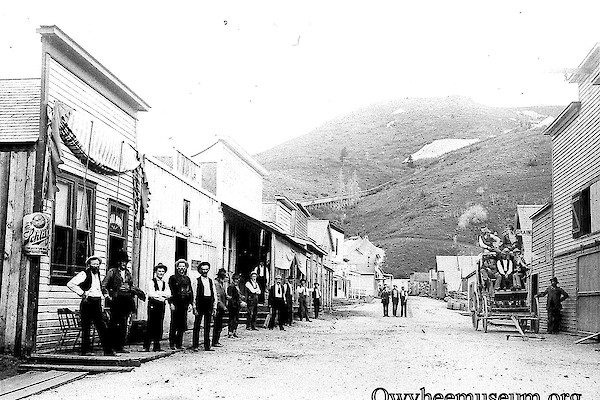
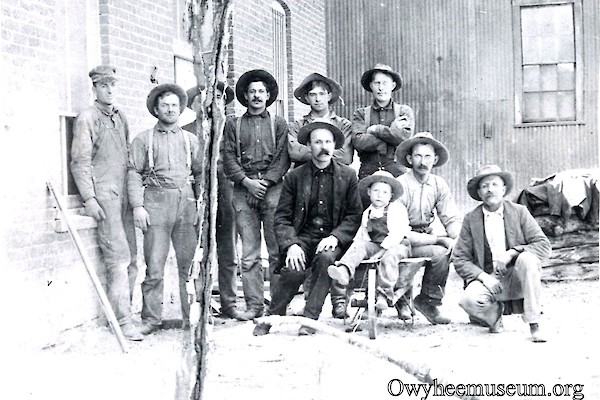
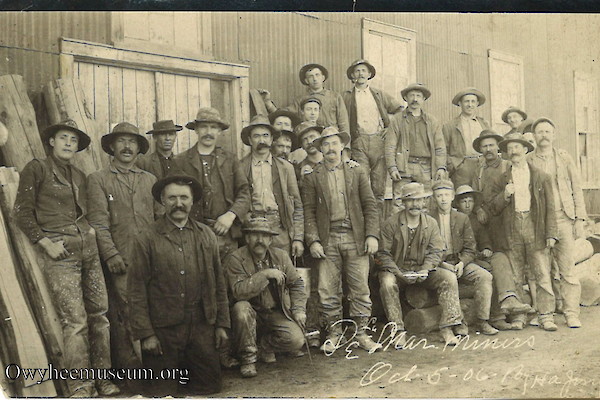
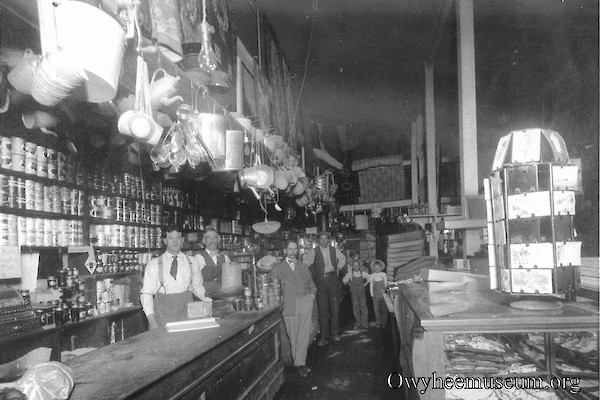
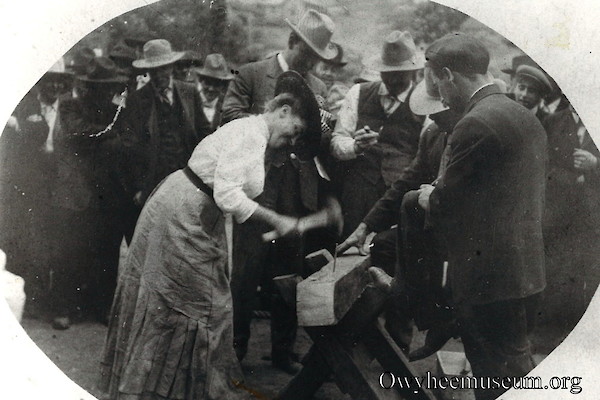
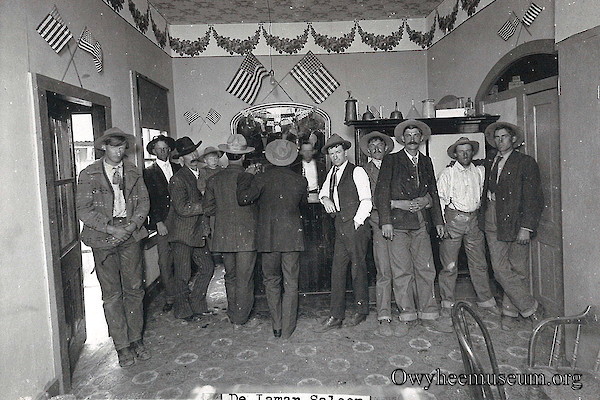
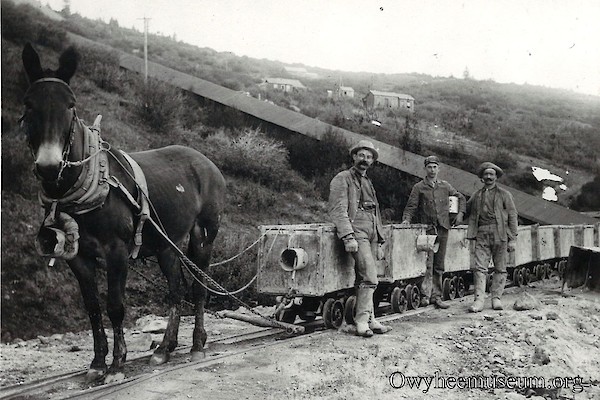
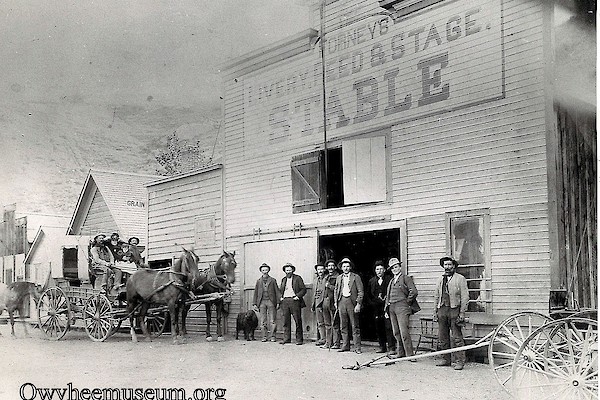
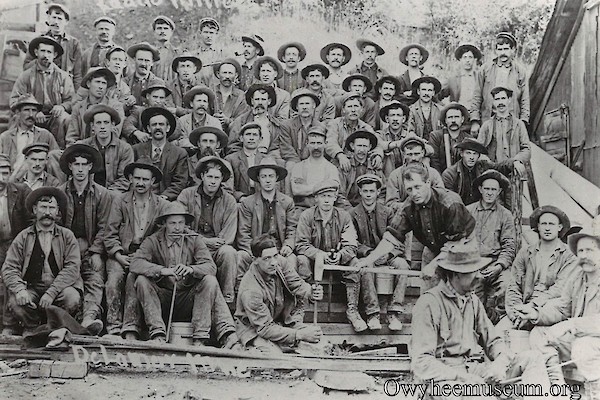
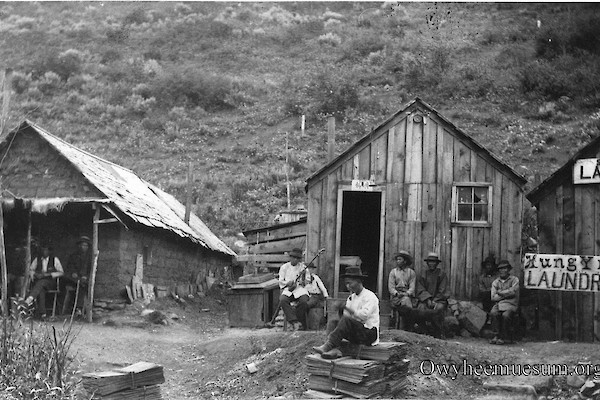
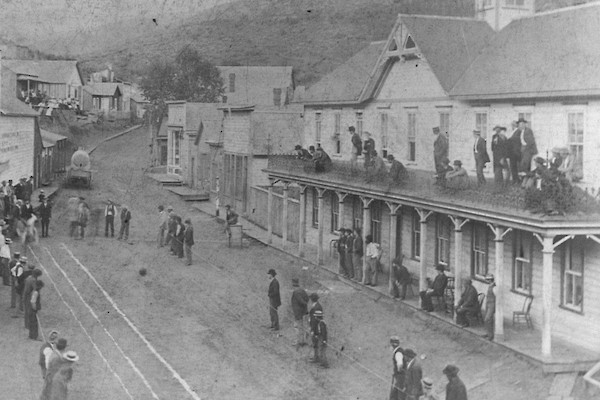
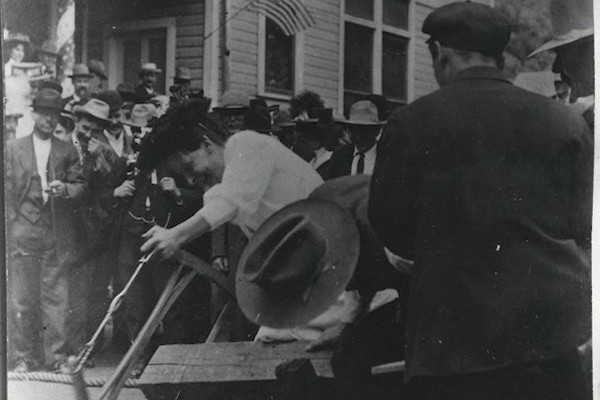
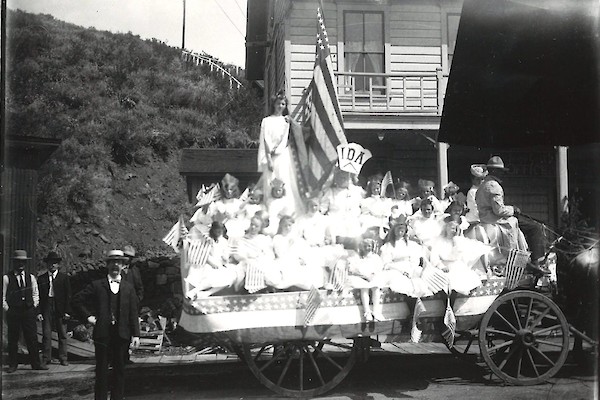
It is believed that mining properties in the DeLamar project area were largely inactive from 1942 until the mid-1960s. Anecdotal information suggests that the Sidney Mining Company and the Continental Materials Corporation (“Continental”) both engaged in diamond-core (“core”) drilling in 1966, but MDA has information only for the Continental drilling during this time. Continental’s holes were drilled to test veins down-dip from stopes of the old DeLamar mine. During the late 1960s, the district began to undergo exploration for near-surface, bulk-mineable gold-silver deposits, but few records of the work are available. The Glen Silver Mining Company conducted core drilling in what later became either the Glen Silver or the Sommercamp area of the DeLamar property, but the exact locations of the drill holes are not known to MDA.
In 1969, the “Silver Group” was formed as a joint venture comprised of Earth Resources Company (“Earth Resources”), Superior Oil Company, and Canadian Superior Mining (U.S.) Ltd. The Silver Group acquired property in the DeLamar area and conducted geological mapping and sampling. Much of the early exploration work was carried out by Perry, Knox, Kaufman Inc. for Earth Resources, the operator of the project.
During 1969 and 1970, Earth Resources carried out trenching, sampling, and surface geological work, and drilled 41 conventional rotary drill holes at DeLamar Mountain. This resulted in the discovery of broad areas of near-surface silver-gold mineralization in the Sommercamp and Glen Silver zones, and what Earth Resources termed the North DeLamar zone. Following these discoveries, Earth Resources ramped up exploration and development drilling, and from 1971(?) through 1976 at least 432 holes were drilled, mainly in the North DeLamar, Glen Silver, Sommercamp - Regan, and Ohio areas. This drilling also included the first holes drilled at the nearby Sullivan Gulch and Milestone prospects.
The Sidney Mining Company drilled eight core holes in the Sommercamp and North DeLamar zones in 1972. In 1974, Perry, Knox, Kaufman Inc. completed a feasibility study for the Silver Group with reserve estimates for an open-pit mining scenario at the Sommercamp and North DeLamar zones. In 1977, Earth Resources commenced operation of the DeLamar silver-gold mine with initial open-pit mining at the North DeLamar and Sommercamp zones (see Section 6.3 for a summary of the DeLamar mine production). In 1981, Earth Resources was acquired by the Mid Atlantic Petroleum Company (“MAPCO”), and Earth Resources continued to operate the DeLamar mine and exploration joint venture.
Earth Resources continued to explore the Sullivan Gulch, North DeLamar, and Glen Silver zones between 1978 and mid-1984. Fragmentary records show that at least 135 holes were drilled by Earth Resources in these areas of the property.
In September of 1984, the NERCO Minerals Company Inc. (“NERCO”) purchased MAPCO’s interest in the DeLamar project and became the operator of the joint venture. Less than a year later, in mid-1985, NERCO purchased the interests of the remaining joint venture partners and thereby attained 100% ownership of the project.
From 1985 to 1992, NERCO conducted extensive exploration and development drilling, some of which was undertaken on the DeLamar project, as well as surface mapping and sampling. The drilling on the DeLamar project occurred at North DeLamar, Glen Silver, Sullivan Gulch, Town Road, and Milestone. Incomplete records indicate that a minimum of 1,498 holes were drilled by NERCO both on and off of the DeLamar project during this period.
NERCO was purchased by the Kennecott Copper Corporation (“Kennecott”), then a subsidiary of Rio Tinto – Zinc Corporation (“RTZ”), in 1993. Two months later in 1993, Kennecott sold its 100% interest in the DeLamar mine and property to Kinross.
Kinross continued exploration of the property while operating the DeLamar mine. A total of 349 exploration and development holes were drilled by Kinross in 1993 through 1997. Most of the drilling was focused in the Glen Silver and North DeLamar areas of the project, although some was undertaken outside of the project.
In addition to the surface sampling, drilling, and geological work, several campaigns of geophysical studies were performed at various times in the project history.
Kinross ceased exploration work in 1997 and mining was halted at the end of 1998 due to unfavorable metal prices. In 1999, milling ceased and Kinross placed the DeLamar mine on care and maintenance. Mine closure activities commenced in 2003. Mine closure and reclamation were nearly completed by 2014, including removal of the mill and other mine buildings, and drainage and cover of the tailings facility. The property continued to be in closure and monitoring from 2014 to 2017.
Earth Resources commenced open-pit operations and milling at the DeLamar mine in 1977. The mine initially operated five days per week with a target production of about 9,980 tonnes per day of ore and waste. Ore was processed by grinding in ball mills followed by tank leaching with cyanide prior to precipitation with zinc dust. By the late 1980s, NERCO was mining ore and waste that totaled 21,772 tonnes per day and the mill processing capacity was 1,996 tonnes per day. At the time of the Kinross acquisition in 1993, the DeLamar mine was operating at a mining rate of 27,216 tonnes per day and a milling capacity of about 3,629 tonnes per day. The DeLamar mine produced 421,300 ounces of gold and about 26 million ounces of silver from start-up in 1977 through to the end of 1992. Production during this period came from a number of pits developed in the Glen Silver, Sommercamp – Regan, and North DeLamar areas.
It has been reported that 625,500 ounces of gold and 45 million ounces of silver were produced from the Glen Silver, Sommercamp – Regan, and North DeLamar areas over the entire life of mine from 1977 through 1998.
1. Source: http://mineidaho.com/education/history/
2. NI 43-101 Technical Report for the DeLamar and Florida Mountain Gold-Silver Project, Owyhee County, Idaho, USA. Dated October 31, 2023.